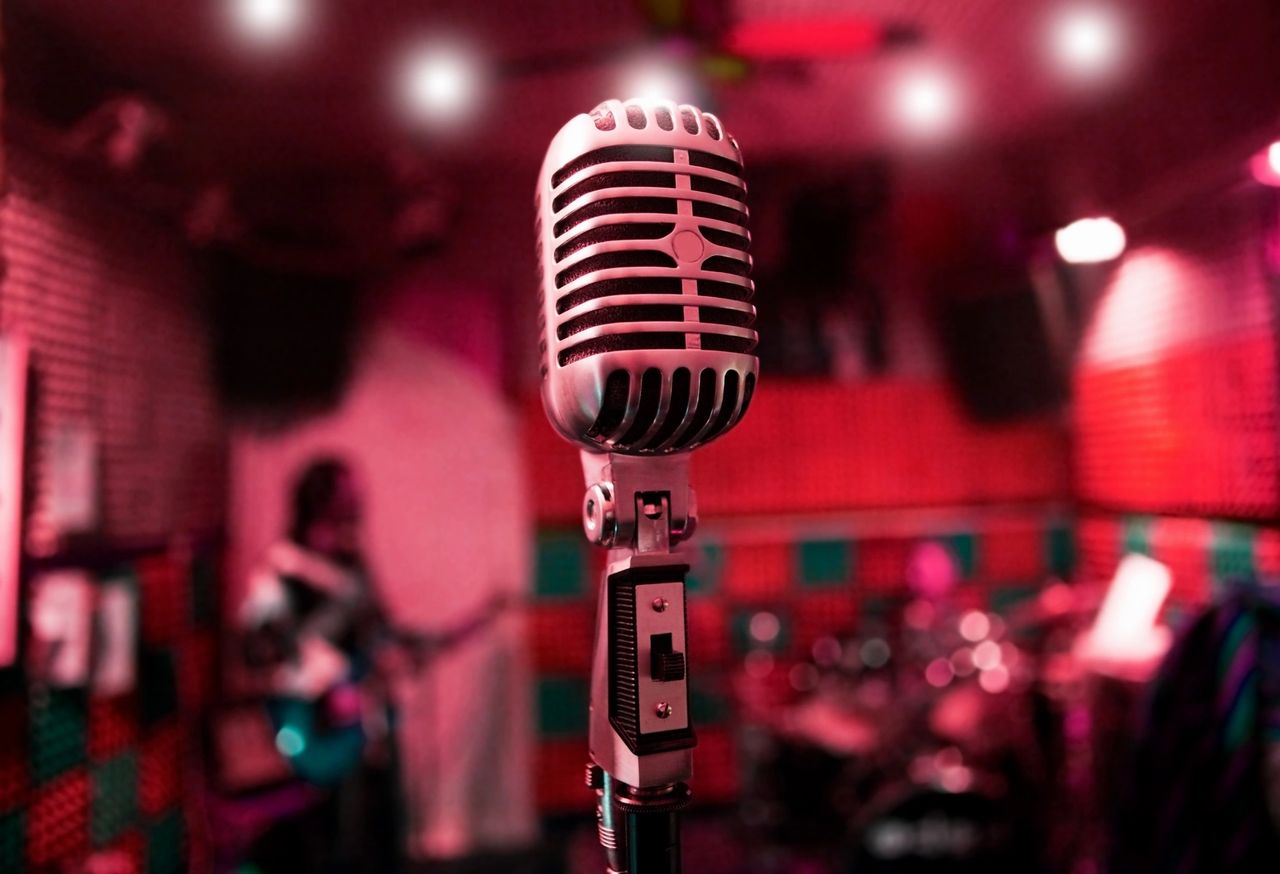Seasonal depression: Depression around the Holiday season. How to deal with depression.
As the holiday season approaches, you may find yourself feeling blue, lonely and even tired. The cold weather and shorter sunny hours during the day are definitely playing the role in causing SAD (Seasonal Affective Disorder) in some people.
Seasonal depression usually occurs during the fall months and lasts through the winter months. Although medications are options to treat seasonal depression, there are other fun options that can be used to assist in keeping your mood steady. These may include enjoying nature and natural sunlight, exercise, listening to your favorite music, etc.
If you struggle with SAD, you have probably read and heard all the scientific explanations there are. You are probably aware that seasonal affective disorder (SAD) is a form of seasonal depression, and usually begins and ends at about the same times of each year. It usually occurs around the fall season and may continue into the winter. triggered by the change in seasons occurring primarily in winter months. You probably already know that experts on the matter do not have a definitive answer to why SAD occurs in some people, but the majority of them think that seasonal changes disrupt the circadian rhythm in some people.
You probably already know all of this, and you also know that whatever causes this illness is not as relevant as the ways to fight it. A part of struggling with any type of depression may include you spending countless hours of research via the Internet to find answers, clues and some kind of help in relieving the symptoms of this stubborn illness. In this article, I am going to list steps to keep your mood and motivation steady through the “winter blues”.
Try Light from a Box
Light therapy boxes are special medical products that give off light that mimics sunshine, and they are going to be an amazing alternative if you live in the northern hemisphere, where sunny hours of the day last shorter during the winter. The light from the therapy boxes is provided at different wavelengths, and it is significantly brighter than the light of regular light bulbs.
You should sit in front of a lightbox for about 30 minutes a day if you have SAD. This type of therapy will stimulate your body’s circadian rhythms and suppress its natural release of melatonin. Most people that suffer from SAD find light therapy to be most effective if used when they first get up in the morning. One thing that will help even more is listening to music during those 30 minutes. For this time of the day, pick music that is upbeat, motivational and that makes you happy. You want to use the music to wake yourself up, brighten the mood and start the day on the right foot.
Get More Vitamin D
If you live in the southern hemisphere and you get enough sunny hours during the day and still experience SAD, your vitamin D level might be low. Low levels of vitamin D are often linked to seasonal affective disorder. If find yourself struggling with SAD, you can talk to your doctor about testing your vitamin D levels and whether supplements would be the right choice for you.
Aromatherapy
If you have SAD, you may find that aromatherapy can help you with your seasonal disorder. The essential oils used in aromatherapy can influence the area of the brain that’s responsible for controlling moods and the body’s internal clock that influences appetite and sleep.
In order to use essential oils to help you relax, add a few drops to your bath, right before you go to bed. For relaxing, even more, put some slow and calming music on.
Move Your Body
Exercise can help relieve signs of many forms of depression, and the same goes for seasonal affective disorder, too. Exercising outdoors and getting the sunlight your body needs would be the best option, but if you can’t exercise outside (because of the weather that causes SAD), go for a run on the treadmill, some time on a stationary bike, or elliptical machine or some yoga or Pilates. But if you are struggling with any type of depression, you probably know that most of the time you don’t feel like doing anything, especially not working out. What to do then? The answer is putting on some music that uplifts the spirit and gets you moving! Music’s motivating powers often get overlooked; nothing will make you want to work out more than a good, upbeat song. Sticking to a regular exercise schedule will help you relieve stress and signs of depression.
Stick to a Schedule
While we are on the topic of schedules, it is important to note that sticking to a schedule during your day can greatly help you get through the day better. People who live with SAD often struggle with getting up in the morning and sleeping at night. Sticking to a regular schedule is going to improve your sleep, which alleviates symptoms of seasonal depression.
Mary L. Washington
Pharmacist | Voiceover Artist | Singer




